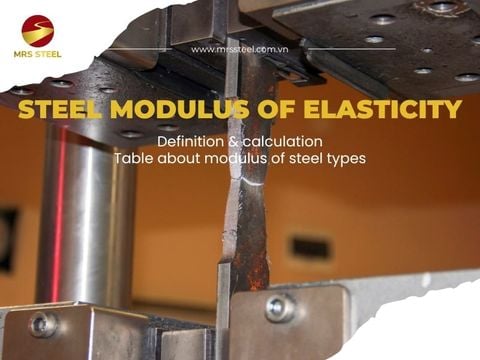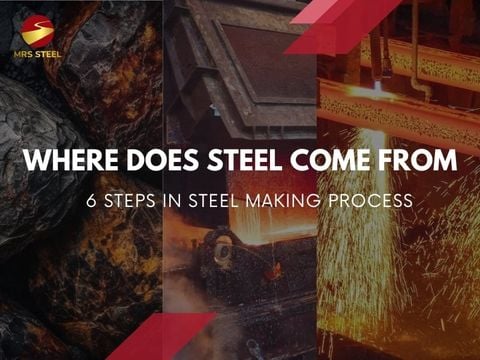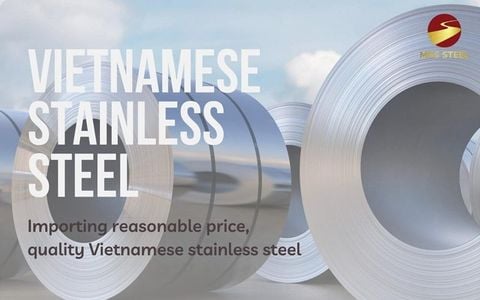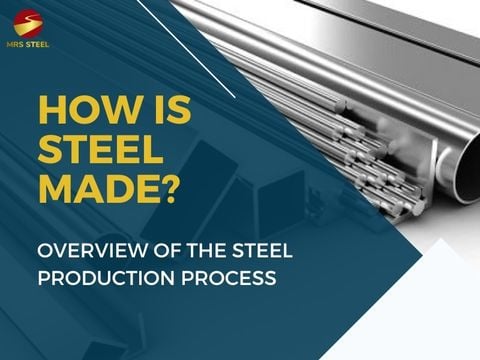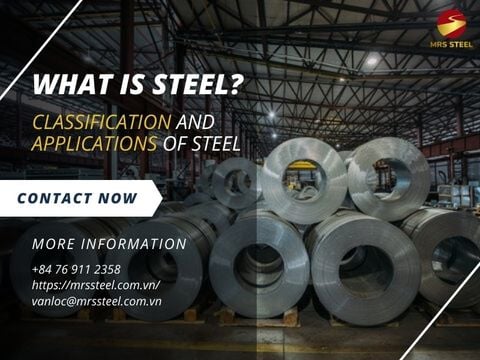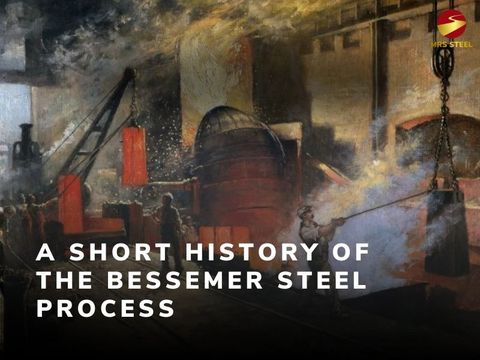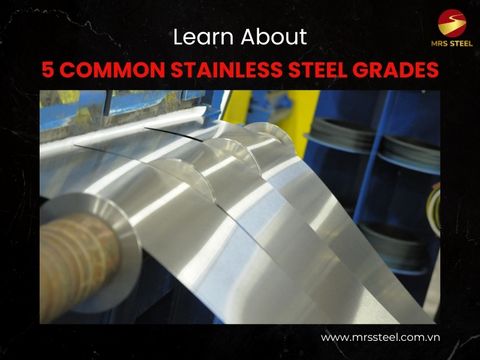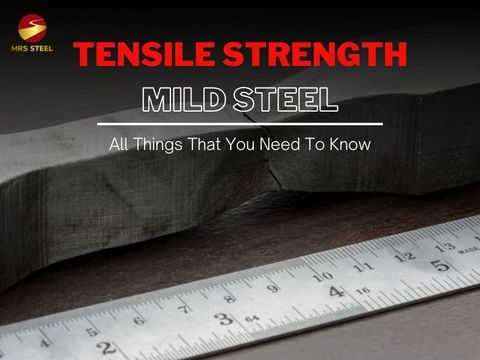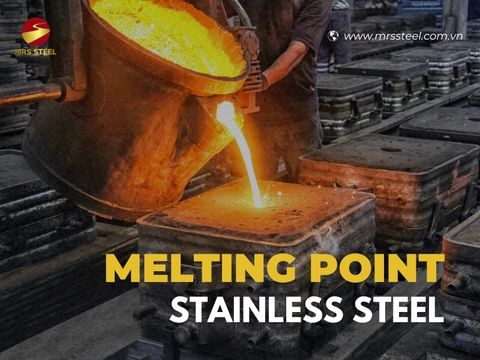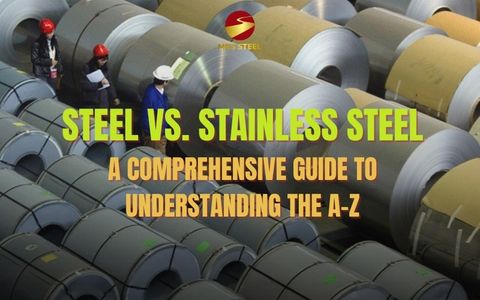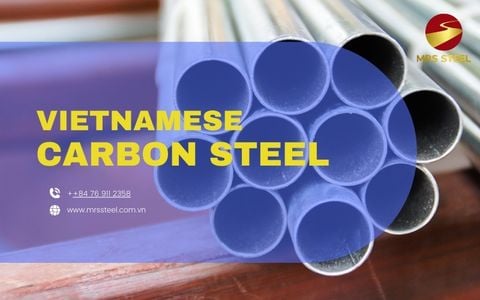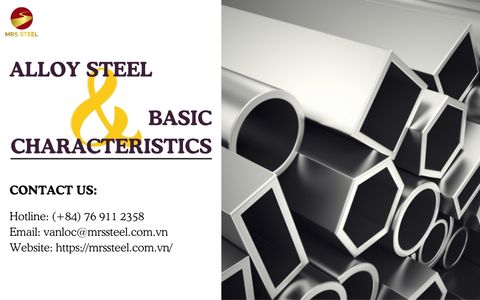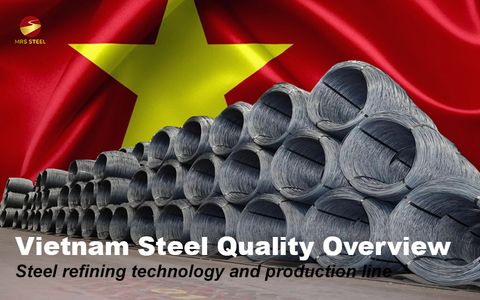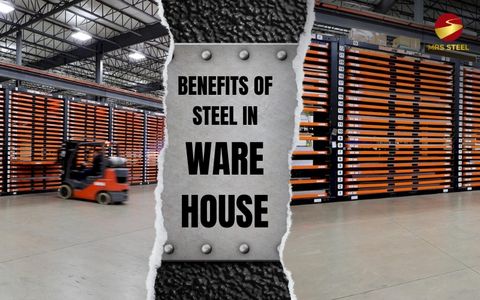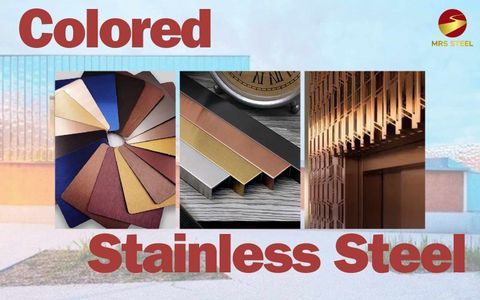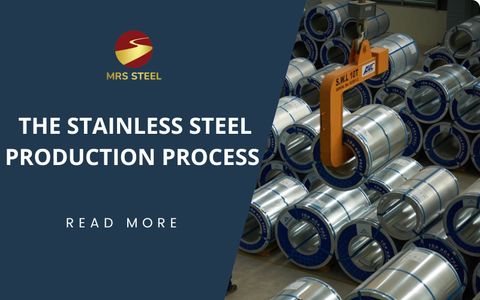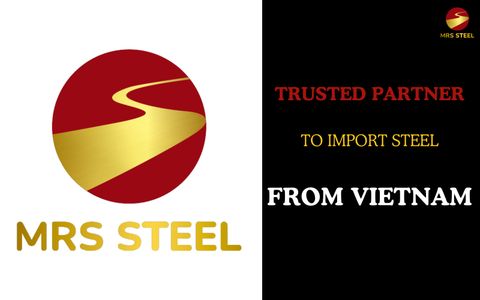Compare the strengths of aluminum and stainless steel
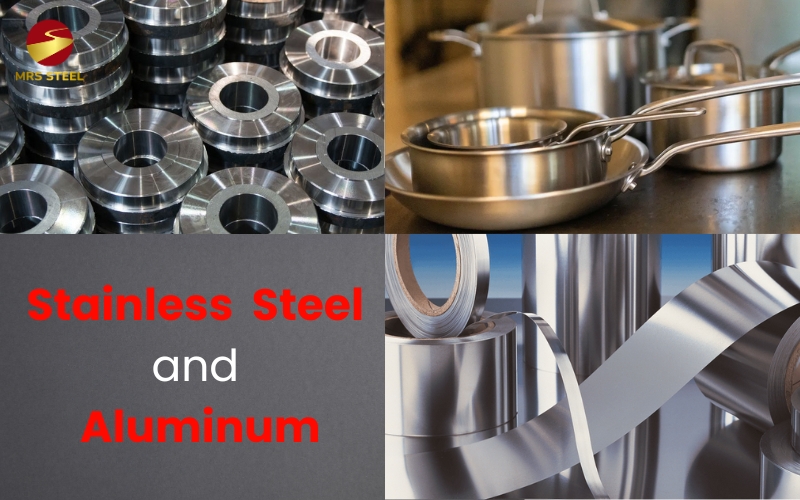
BlogDate: 03-04-2024 by: Ngan Le
Aluminum and stainless steel are the most common materials in manufacturing and metalworking industries. Both materials have their own advantages, and these important characteristics ensure the quality of the final products. In today's article, let's delve deeper into the differences between aluminum and stainless steel in metalworking and manufacturing applications with MRS Steel.
Strength and weight ratio of aluminum and stainless steel
Aluminum is a lightweight and flexible material commonly used in metal fabrication. Specifically, aluminum has a cubic crystalline structure, making it a lightweight metal with a low density, around 2.7g/cm³. Thanks to this excellent strength-to-weight ratio, aluminum is often utilized in the production of lightweight products, such as in the aerospace industry, automotive industry, and applications requiring easy transportation.

Stainless steel is an alloy of iron with at least 10.5% chromium. In contrast to aluminum, stainless steel actually has a weight three times greater than aluminum. The density of stainless steel typically ranges from 7.75g/cm³ to 8g/cm³, yet it provides significantly superior strength. In metalworking applications, the bending ability under gravitational force or thermal effects of this type of steel is evaluated to be comparable to aluminum sheets.
Corrosion resistance
Under normal environmental conditions, both aluminum and stainless steel exhibit good corrosion resistance. However, when facing harsh environments such as seawater or chemical exposure, the superior oxidative resistance of stainless steel is demonstrated compared to aluminum. Due to its significantly higher chromium content, stainless steel forms a protective chromium oxide layer through reactions with oxygen in the air, preventing direct contact of the metal with the external environment.

Meanwhile, aluminum, when exposed to outdoor conditions for an extended period, can undergo oxidation if not protected by surface treatments such as coating or painting. The surface of aluminum may turn white or corroded due to factors such as moisture, oxygen in the air, and the impact of other chemical compounds. Particularly in environments containing acids or salts, aluminum can corrode rapidly and severely, causing damage to its structure and material properties.
Aluminum has good thermal conductivity, stainless steel provides stability at high temperatures
In contrast to its corrosion resistance, aluminum exhibits much better thermal conductivity than stainless steel. This property allows aluminum to transfer heat faster and more efficiently in applications requiring heat transfer, such as in the automotive, electronics, or aerospace industries.

However, when it comes to heat resistance, stainless steel can be used at much higher temperatures than aluminum. Specifically, stainless steel can maintain stable mechanical properties and structure at high temperatures without deformation or loss of hardness. Thanks to its stability at high temperatures, this type of steel is used in industries requiring heat resistance, such as in chemicals, furnaces, or heat exchangers.
Flexibility and machining capabilities between aluminum and stainless steel
One of the greatest advantages of aluminum is its flexibility. Aluminum is a very soft metal, easily shaped and formed into various shapes and sizes. This makes aluminum an ideal material for applications such as sheet metal fabrication, where complex shapes and designs are required.
Stainless steel, due to its higher hardness compared to aluminum, is much more difficult to bend and shape due to its excellent corrosion resistance. However, concerning welding applications, stainless steel is relatively easy to weld because it has a higher melting point than aluminum, making the welding process more stable and less prone to issues such as sagging. Conversely, welding aluminum can be challenging as the welding process always requires specific techniques to avoid causing thermal distortion.
Electrical conductivity
Stainless steel exhibits poorer electrical conductivity than most metals due to the chromium and nickel structures, which typically have high electrical insulation properties, making it unfavorable for electric current flow. Conversely, aluminum is an excellent electrical conductor, with high conductivity and lightweight, making it ideal for high-voltage overhead electrical wire applications.

Although stainless steel has low electrical conductivity, it does not mean that it does not appear in electrical applications. Instead, stainless steel is often used in cases where non-conductive materials are needed to enhance the safety and electrical transmission efficiency of the core. Some specific examples of stainless steel applications in the electrical industry include outer casings of electrical equipment, as these components need to prevent electrical transmission.
Aluminum and stainless steel are versatile materials with distinct advantages, and the choice between them depends on the specific needs and requirements of each project. If you need a lightweight and easy-to-machine material, aluminum may be the better choice. If you need a sturdy and durable material with high heat resistance, weldability, and an elegant appearance, stainless steel may be the better option.




















